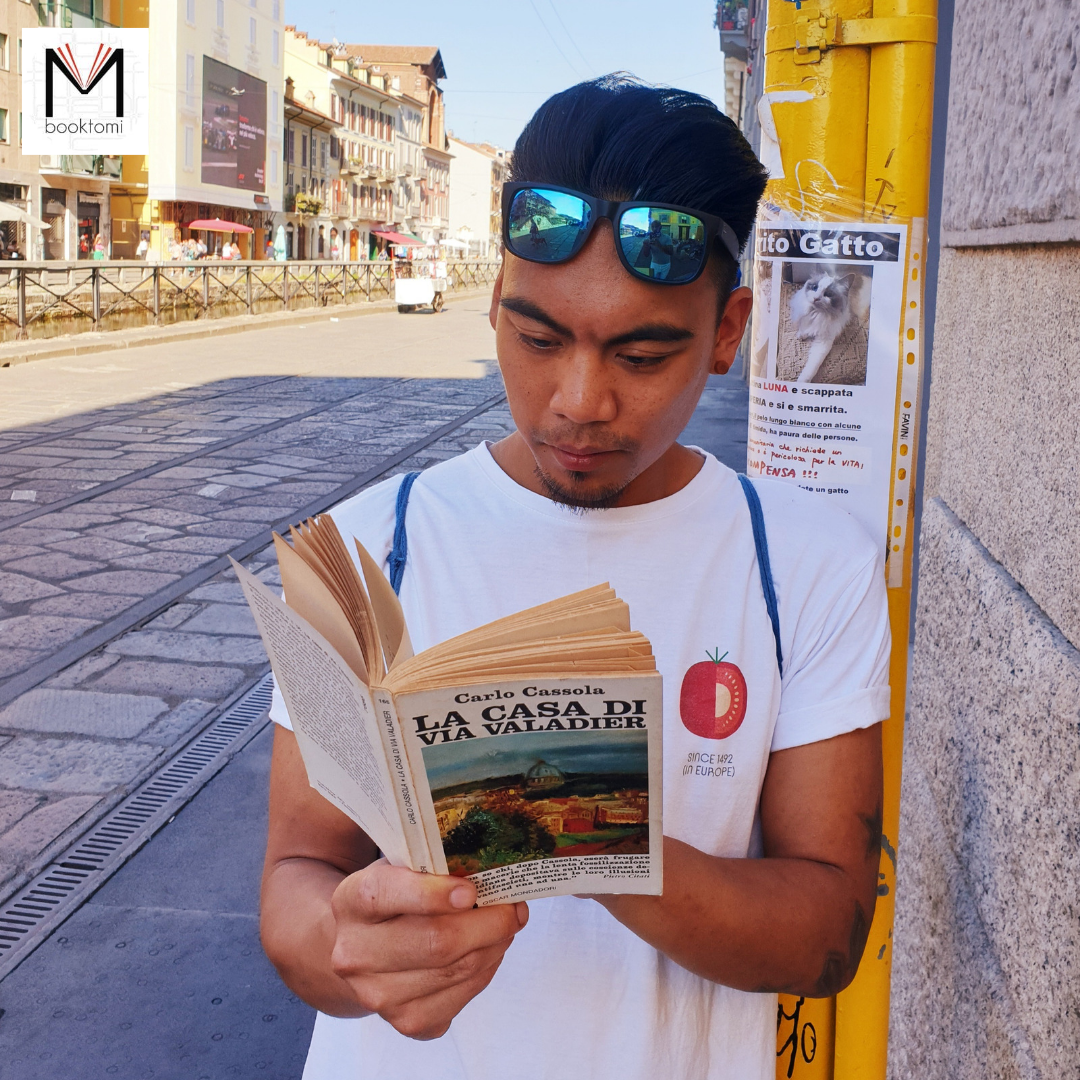“Capable people, honest people can only end up like this. Either in jail, or abroad, or forced to retire to private life.”
A little gem to keep among the dear objects of the Italian language. A novel without too many pretensions, if not to tell a simple story, with characters built on the quicksand of human meanness, a sincere mirror of society.
Two stories written in different periods that offer a clear point of view on the author’s latent (but not too much) disillusionment with contemporary society, and which reverberates many of its negative sides even on today’s Italian society. Specifically in Cassola’s text, the first story is set during the Fascist period, while the second after the liberation. A clear passage from the darkest night in Italy to its last dawn, although after finishing the reading, the bitter taste of reality remains, or rather the author’s profound disillusionment for the new world born from the ashes of the dictatorship. After more than fifty years, we feel we can share part of Cassola’s emotions, for an Italy that is perennially ungrateful to those who love them most.
The link between the two stories is the figure of the socialist and anti-fascist marble worker, Maggiorelli, a Tuscan from Massa Marittima, forced to move to Rome.
Political passion will keep him in contact with his old Tuscan party mates, among whom there is a traitor, which will lead to the imprisonment of various comrades, up to Maggiorelli himself.
The second story, as mentioned, is post-liberation, where the skeletons of the past go knocking on the door of the protagonists of the first story, and of their children. Hidden secrets, hidden truths and feelings of guilt will burn inside the souls of the protagonists who are still alive.
Did we like the book? How is it possible not to be in love with it? A work on the text and on the spirit of the Italians like few others. Despite the different intensity of the two stories, it is certainly the fact that they were written in different periods, with a Cassola inevitably different in the way of narrating, the beauty of the text as a whole remains intact. An evergreen capable of looking to the past to describe the present of the time and tell the future of which we are witnesses. We only regret that such pens are now rare, indeed very rare, in contemporary literature.
____________________________________________________________________________________________________
Carlo Cassola, La casa di via Valadier, Einaudi,Torino, 1956




